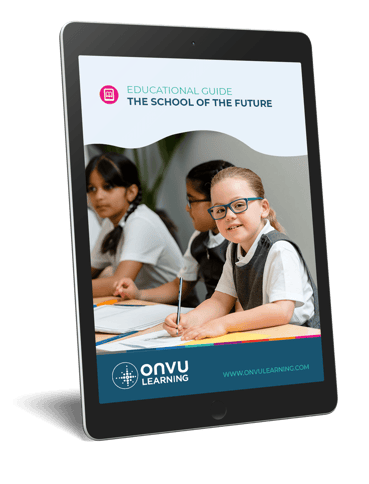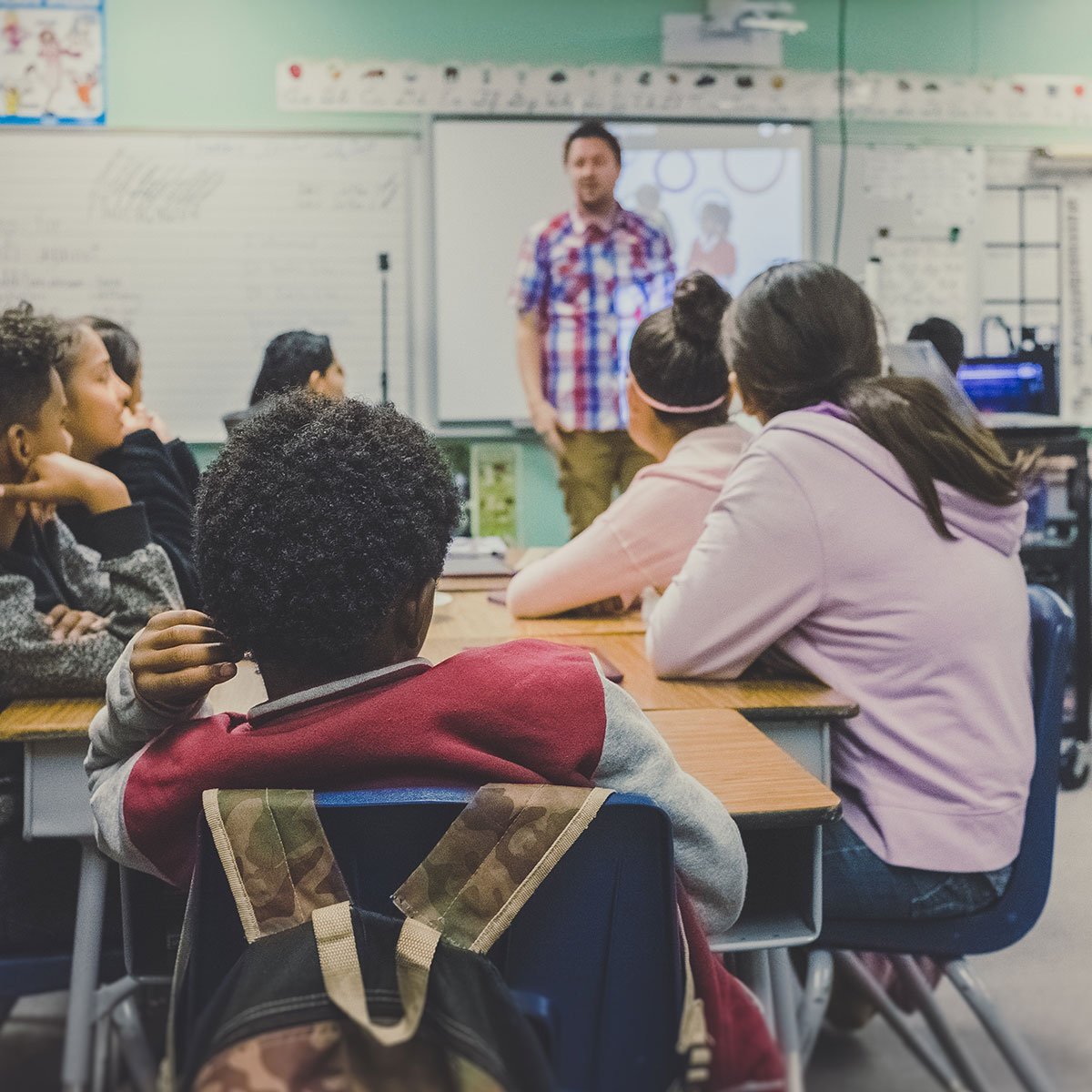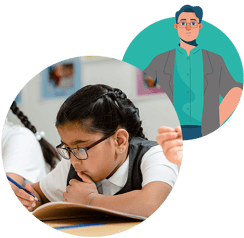- Lesson Observation Blogs
- 3 Minute Read



 How to conduct a successful lesson observation
How to conduct a successful lesson observation
Lesson observations are a vital part of enhancing teacher development. By conducting observations feedback can be collected on what is working successfully as well as areas for improvement. Lesson observations can be conducted at any point through a teacher’s career, from ECT’s to Department Heads, and are used to evaluate the effectiveness of the teaching an ensure excellent learning outcomes for pupils.
Lesson observations can come in several of forms, peer and mentor conducted and external parties such as Ofsted for whole school assessment. This blog will focus on internally conducted peer and mentor observations but if you would to know more about Ofsted observations and what they entail then visit our blog ‘What is an outstanding lesson observation?’
When observing a lesson it is important not to view it as a box ticking exercise. All Teachers are individuals and will lead their lessons in an individual way, by focusing on a set group of features that need to be ticked off, observers can often miss the main focus of the observation – the pupils learning. Learning occurs on many levels and it can be difficult to see all occurrences of this during an observation. But, by adopting an open approach to lesson observation and using our tips below you can ensure that you have the tools to conduct a successful lesson observation.
The thought of being observed in the classroom can be a nerve wracking experience, so if you are observing a teacher it is important to ensure you are fully prepared in order to lower levels of stress.
A good lesson observation would be one that engages teachers in a discussion about what happens in their classroom and helps them to improve outcomes for their students. We’d suggest observers follow this lesson observation guidance to best prepare…
The main aim of lesson observations is to improve teaching and learning outcomes over time. When carried out correctly they help to drive schools forward and change school cultures for the better.
Lesson observations can inevitably go wrong when they are not properly prepared or conducted. Read our blog The Best & Worst lesson observation feedback to see what happens when things go wrong!
![]() Click the icon to read our full guide to lesson observation!
Click the icon to read our full guide to lesson observation!

The School of the Future Guide is aimed at helping school leaders and teachers make informed choices when designing the learning environments of the future using existing and upcoming technologies, as they seek to prepare children for the rest of the 21st century – the result is a more efficient and competitive school.
KEEP IN TOUCH WITH ONVU LEARNING AND RECEIVE THE LATEST NEWS ON EDTECH, LESSON OBSERVATION, AND TEACHER TRAINING AND DEVELOPMENT.